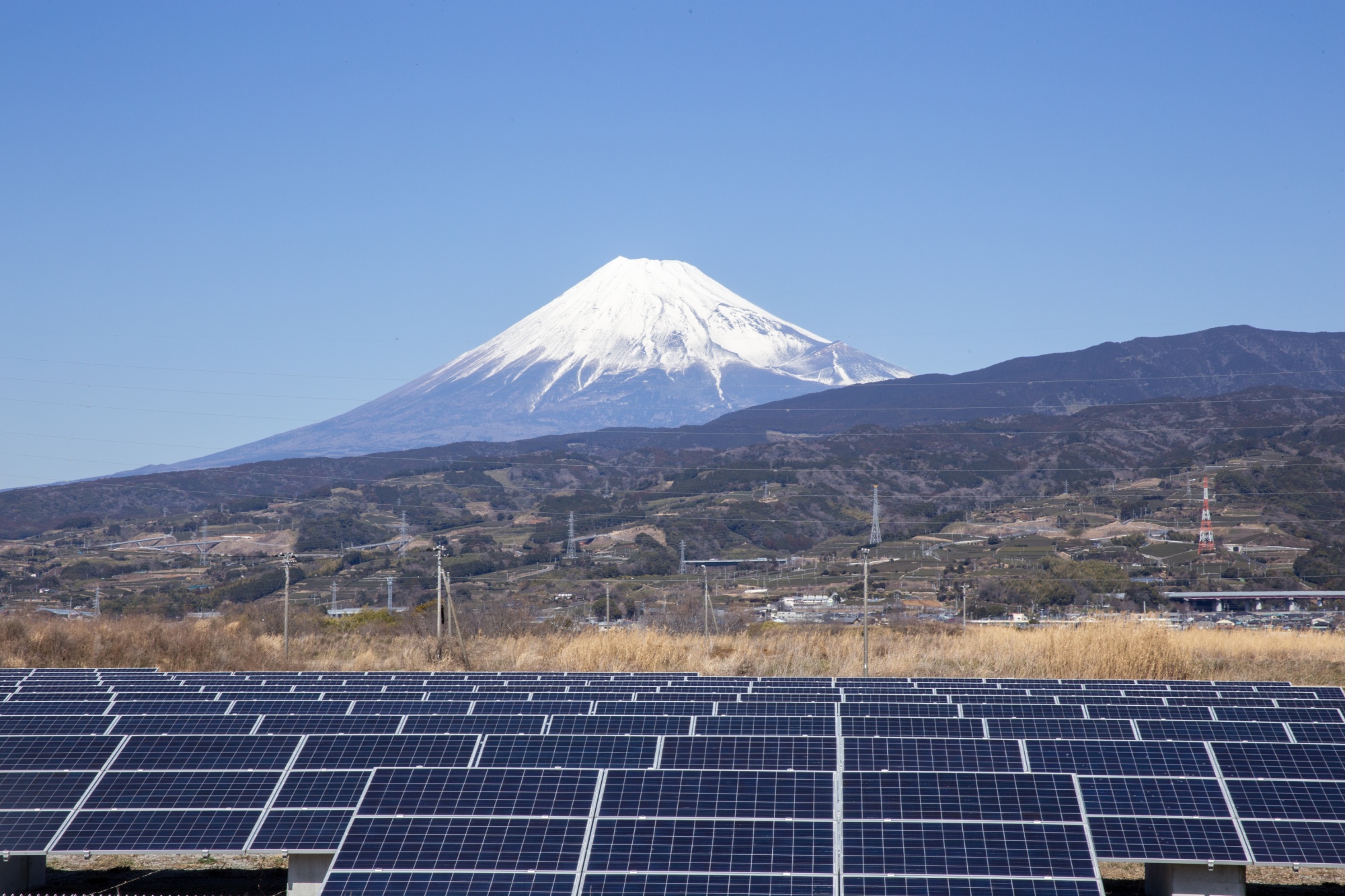Navigating Japan’s Sustainable Finance Landscape
The Intergovernmental Panel on Climate Change warns that global warming could surpass 1.5°C above preindustrial levels, a threshold estimated to hold potentially catastrophic consequences, including extreme heatwaves, floods, and erratic precipitation patterns. As one of the world’s most industrialized nations, Japan is acutely aware of these threats and of the urgent need for action, especially as the country has been repeatedly battered by climate change-induced challenges.
Confronting the dangers of climate change hinges on several factors but financing remains key in future-proofing economies and communities. As a key player in international development, Japan is stepping up efforts to mobilize public and private funding for sustainable investments through policies and programs for climate change adaptation and environmental preservation.
Policy environment
Following the example of other major economies, Japan understands the need to shepherd available capital towards environmental sustainability efforts. This involves investing in projects that reduce carbon emissions and environmental degradation at the corporate, community, or state level. Consequently, this has become a strategic priority for Japan’s Ministry of Economy, Trade, and Industry (METI), Ministry of Environment (MOE), and Financial Services Agency (FSA).
These three agencies formulate roadmaps to mobilize available funding towards achieving carbon neutrality in Japan by 2050, along with a 46 per cent reduction in greenhouse gas emissions by 2030. The Japanese government has introduced sector-specific technology roadmaps for transition finance, climate loan schemes, special lending facilities, and the 2017 green bond guidelines to usher more funding into green initiatives, especially in the context of the country’s high saving rate.
A cornerstone of these efforts is nudging increased green bond issuances. Policies include standards to protect investors from “greenwashing” – that is, issuers promising to finance eco-friendly interventions but are unable to deliver considerable environmental benefit. Additionally, METI, MOE, and FSA developed guidelines allowing companies to offer bonds and loans to support climate transition and decarbonization activities like shifting to energy-saving equipment in buildings and factories, installing renewable energy facilities, and supporting research and development of machineries using clean technology.
Impressive growth
Japan’s commitment to sustainable finance is evident in the growing popularity of green bonds since its introduction in 2014. Green bonds have been instrumental in funding sustainable projects like retrofitted buildings and transport infrastructure. For example, the installation of solar power plants in Fukushima Prefecture demonstrates Japan’s commitment to renewable energy. Funded by green bonds issued by the Development Bank of Japan, this project not only revitalizes an area affected by the 2011 nuclear disaster but also contributes to Japan’s growing energy independence. Another notable project is the Tokyo Green Bond, which has been vital in upgrading public transportation systems and enhancing energy efficiency in public buildings.
Despite the availability of sustainability-linked bonds and loans, the Tokyo and Osaka financial centres still rank low on the global green finance index compared to other Asian financial hubs like Singapore, Seoul, and Shanghai. Nonetheless, the value of Japan’s green bond issuances, while currently only a fraction of China’s, has seen a remarkable 184 per cent increase between 2020 and 2022, as seen in Graph 1. This reflects Japan’s dedication to eco-friendly initiatives and the potential size of this market.

Moreover, the number of green bonds issued in Japan has increased significantly over the last decade. Data from Japan’s Ministry of Environment shows that the total issuances went from 79 in 2020 to 125 in 2023.
Japan’s green debt papers are also being listed on foreign stock exchanges, allowing international investors to participate in the country’s transition to a carbon-neutral society. In January 2022, the government backed a 5-year fixed-rate green bond issued by the Japan Bank for International Cooperation on the Luxembourg Stock Exchange, raising USD 500 million for green projects.
Graph 2 shows a quarterly increase in both Japan’s outstanding government and corporate green bonds issued in yen and US dollars, with an increasing share of corporate offerings relative to total fundraising. As of 2021, 36 per cent of green bond proceeds was spent on the retrofitting of buildings, followed by green interventions in the energy and transport sectors. This also suggests that these segments are in need of further investments to achieve Japan’s sustainability goals.

Creditworthy
In February 2024, the Japanese government issued a climate transition bond worth JPY 1.6 trillion (USD 11 billion) as part of its Green Transformation Program. Funds will support public and private projects that facilitate the shift to clean and green solutions totalling JPY 150 trillion (about USD 1 trillion) over the next decade. Investors should note that 55.5 per cent of the proceeds will be allotted for research and development on renewable energy and hydrogen utilization in steelmaking, while the remainder will cover subsidies for the production of batteries and energy efficiency retrofitting for buildings. As of January 2025, the government has issued two additional 10-year transition bonds worth JPY 699.6 billion (USD 4.69 billion) at 1 per cent interest rate and two 5-year bond offerings worth JPY 699.4 billion (USD 4.68 billion) at 0.5 per cent per annum. An additional JPY 1.2 trillion (USD 8.04 billion) is scheduled to be issued through March 2026.
For discerning investors, Japan’s green bond market offers a compelling blend of promising financial returns and positive environmental impact. This segment has demonstrated robust growth amid slow economic expansion, supported by unwavering state backing and rising investor interest towards sustainable finance. Green bonds stand out in the investment landscape, providing competitive yields while enabling positive environmental change. However, investors must navigate the market with an awareness of potential risks, such as market volatility, shifts in regulatory policies, Bank of Japan’s commitment to green bonds in relation to regular bonds, and the evolving nature of pro-environment investment instruments.
The future of sustainable finance in Japan appears promising. The government’s unwavering dedication to environmental objectives, coupled with increasing private sector engagement, signal sustained market expansion. Investors can partake in this growth by integrating green bonds into their investment strategies, reaping financial rewards while contributing to a greener tomorrow.
This original article has been produced in-house for Lundgreen’s Investor Insights by on-the-ground contributors of the region. The insight provided is informed with accurate data from reliable sources and has gone through various processes to ensure that the information upholds the integrity and values of the Lundgreen’s brand.







